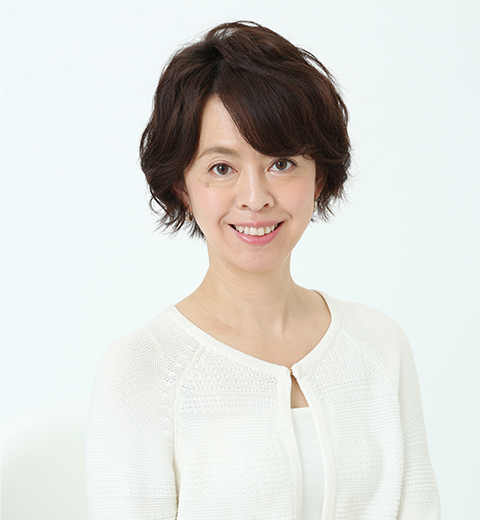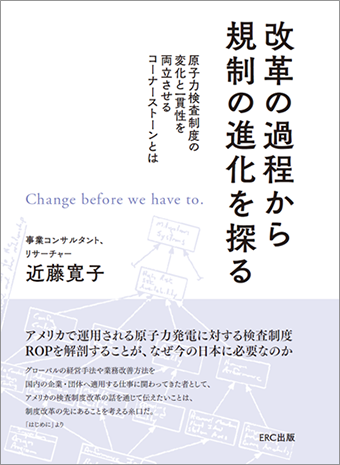From Author


This book highlights the history of ROP where the US regulatory authority decided to change its organizational culture, the nuclear industry decided to cooperate with the NRC (Nuclear Regulatory Commission in the U.S.), putting aside their past antagonistic relationship, and the involvement of citizen experts and citizen groups in discussions regarding the system.
That is not to say that things were all sunshine and roses. I also delve into the many challenges in the design process, including the external pressure that led to system reform, internal reform in the regulatory authority and its limits, involvement of external organizations and the tough findings that were issued. I visited the US to interview people on the ground and review public documents and microfiche. Many of the actual people who developed the inspection system appear in this book. My research has been confirmed by these people who lived through it.
While the focus of this book is on the inspections of nuclear facilities, I hope that it will inform the way we think about the various systems that surround us from education, medical, to welfare. How can utilities and citizens become involved in designing systems and provide design suggestions? How can the designer and operator of the systems provide opportunities for utility and citizen involvement? That is what I am here to answer with you, the reader, today.

I am Hiroko Kondo. I am an independent researcher as well as a business consultant.Let me introduce my new book “Exploring Evolutions in Regulations Based on the Reform Process”. In this book, I explore changes in the US inspection system for nuclear ommercial reactors.In Japan, the NRA (Nuclear Regulation Authority) will be introducing the new inspection system for nuclear power facilities in April 2020, precipitated by an IAEA recommendation. This new inspection system is vastly different in its approach and method from the safety inspections started by the Nuclear and Industrial Safety Agency under the Ministry of Economy, Trade and Industry. Through my investigation, I found that the foundation for the new inspection system lay in the current US inspection system, the ROP (Reactor Oversight Process). I embarked on my research of the establishment of the US ROP hoping for some insight into how to think about the new inspection system.
Two things became apparent in the research. First was that there was barely any literature on the inspection system. Especially for the ROP, while there are academic materials for experts and inspection guides for utilities, there was no literature regarding changes in the system. Secondly, what is known regarding the ROP in Japan is mostly technical and the essence of the system is not understood by related parties in Japan. What I mean by the essence is the ideas embedded in the ROP, discovered through trial and error by predecessors, of “change”, “fostering the system”, and “inviting new stakeholders”.
Through such explorations, I began to question the introduction of the new inspection system so removed from the general public—only tracing the methodology of the ROP without adopting its essence. This book is my commitment to spread what I learned in my research of not only the technical methodology but the essence of the inspection system and the system’s relationship with society.